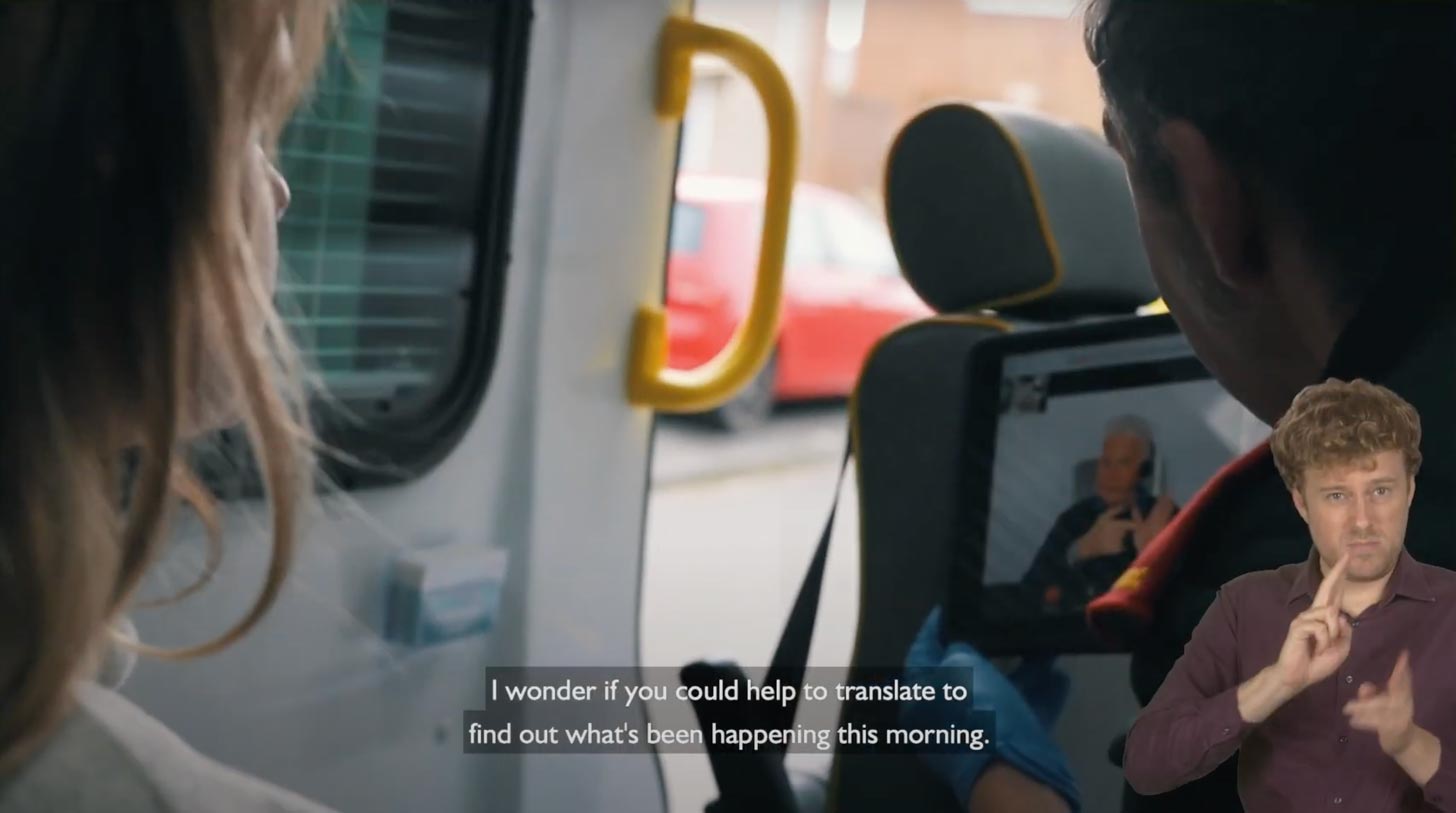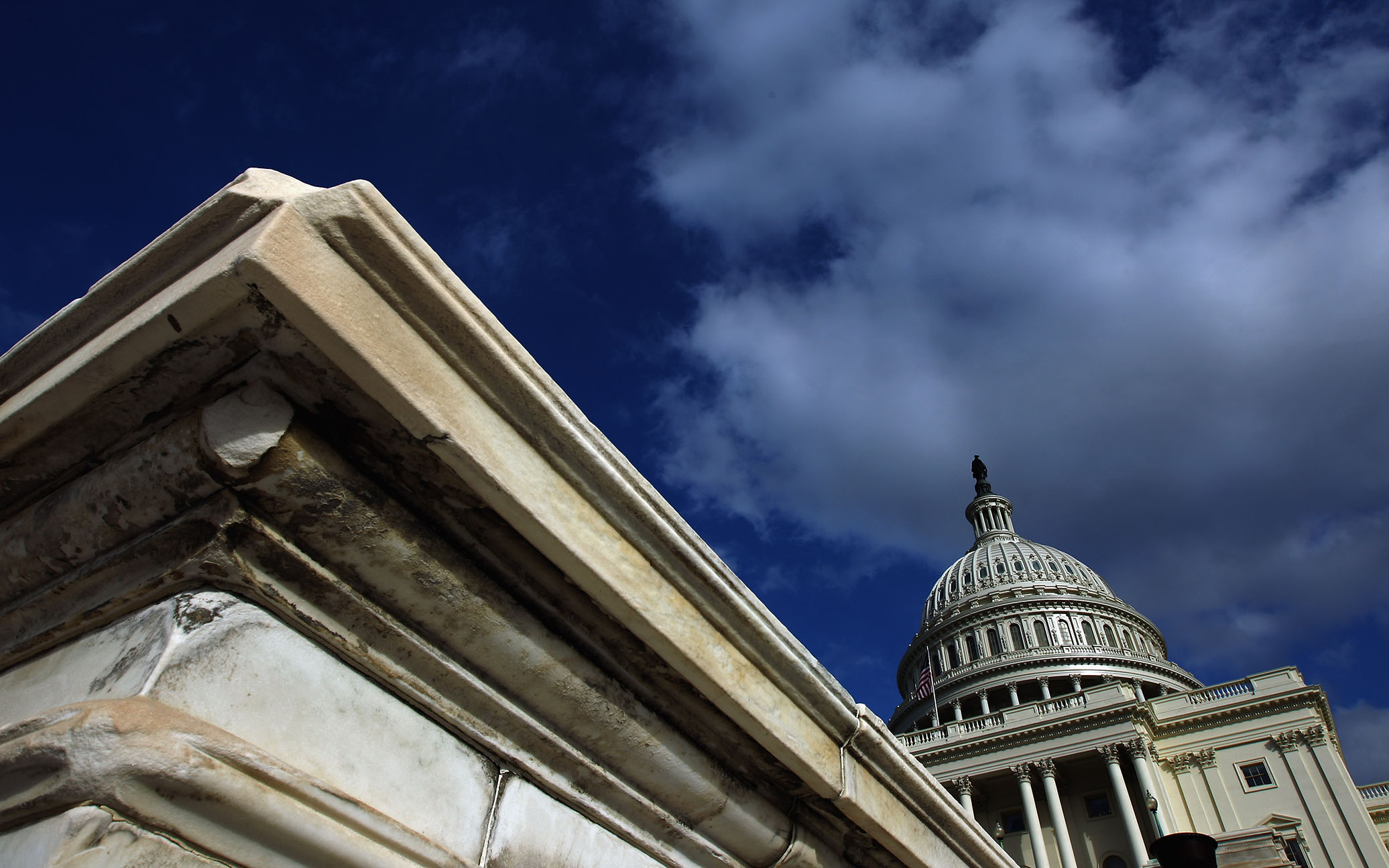
Last week, England’s North East Ambulance Service (NEAS) introduced an innovative British Sign Language (BSL) relay service to help deaf people during emergencies. From May, all ambulances in the region are equipped with British Sign Language iPads. SignVideo AppThis app enables first responders to communicate more effectively with deaf and BSL-speaking patients by connecting with a video interpreter in real-time, improving communication during critical moments and potentially saving more lives.
This new service allows ambulance crews to have access to a BSL interpreter 24/7, helping them to better assess patients’ conditions and understand their immediate medical needs. The app facilitates vital communication, such as asking life-saving questions and explaining care procedures. NEAS Engagement, Diversity and Inclusion Manager Mark Johns highlighted that while health advisers were already supported by BSL relay, this new initiative addresses the communication barriers that deaf crews and patients often encounter, making emergency interactions more efficient and inclusive.
The rollout of the SignVideo service marks a significant step towards equity in healthcare for BSL users, who often face difficulties accessing emergency services. The app, created by deaf entrepreneur Jeff McWhitney in 2004, is already widely used across several sectors in the UK for instant BSL translation. With over 100,000 video calls a year, it ensures fast response times, crucial for emergency situations. This initiative in the North East of England is part of a wider effort to improve emergency communications for the deaf community globally, with the aim of improving outcomes and promoting equality.
Fountain: Good good good
Similar services in other countries
Several countries and cities around the world are implementing innovative solutions to make emergency services more accessible to deaf and hard of hearing people:
Austria:Austria has adopted the NG112 systemwhich is designed to manage emergency calls through text messages, video and other digital means. This system ensures that Deaf people can contact emergency services. Through text messages and, soon, through media exchanges such as video, the system routes calls based on the caller’s GPS location to the nearest emergency center, which is crucial for a timely and effective response.
Netherlands:The Netherlands uses the Tolkcontact App or alternatively the 112NL Applicationwhich allows deaf or hard of hearing people to make emergency calls via a video relay service. This service allows users to communicate via Video with interpreter who can help communicate their situation to emergency services. This approach ensures that communication barriers are minimised during critical moments.
USA: In the United States, The AccessSOS Application AccessSOS is designed to facilitate emergency communications for people who are deaf or hard of hearing. The app allows users to send pre-written text messages to emergency services, providing critical information such as their location, the nature of the emergency, and other pertinent details without the need to make a voice call. This capability is particularly beneficial in situations where voice communication is not possible or practical. Users can select from a variety of scenarios, and the app will format and send the necessary information to emergency services, ensuring a fast and accurate response. AccessSOS aims to bridge the communication gap, making emergency services more accessible and inclusive for all.
ChatGPT, a potential tool for increased accessibility, was used to aid in the research and writing of this blog post. Do you think this is an appropriate use of chatGPT? Why or why not? Let me know!






